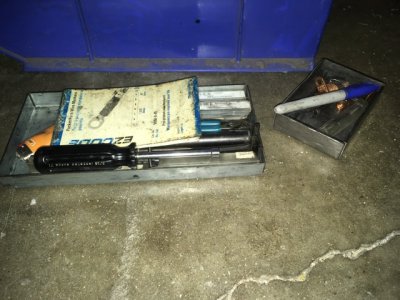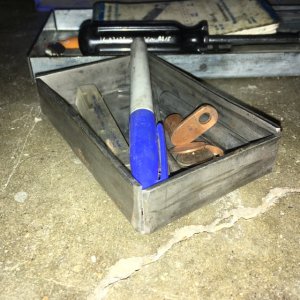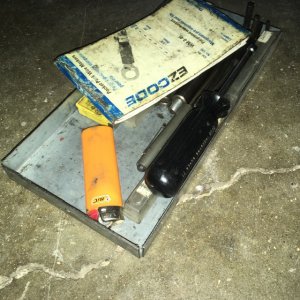Love trays. Have made a bunch. They are especially well suited to "insert" into drawers. You can do 1/2 depth too. Meaning, the tray slides fwd/backward to reveal parts under.... yet still lift out.
Slight detour and backhand gloat;
I use and will gladly accept old(or new?) cookie sheets from the kitchen. Just a lazier way of not having to make them? But if you price them new,better be seated right.
A week ago found about 10,made in USA older,but not vintage..... maybe 10,15,or so y.o...... cookie sheets someone left on the edge of the dumpster. Somebody cleaning out an estate look to it. Brought them home and have been beaming like a puppy with a stick!




